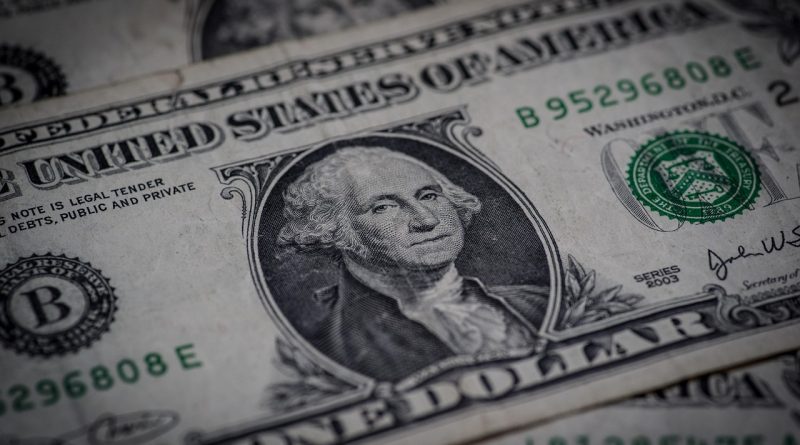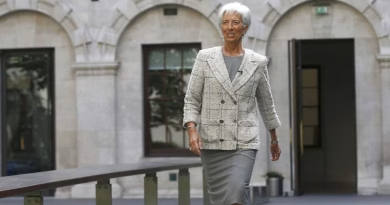The US dollar slipped on Thursday, dragged down by renewed Sino-US trade tensions and rising expectations of Federal Reserve rate cuts later this year.
The euro climbed 0.14% to $1.1664, its highest in a week, while the yen strengthened to 150.52 per dollar, also a one-week high. The dollar index dropped 0.16% to 98.512, heading for a weekly loss of about 0.33%.
Investor confidence took a hit after Washington criticized Beijing’s tighter controls on rare earth exports, calling it a threat to global supply chains. In response, China’s commerce ministry defended the move, accusing the US of hypocrisy given its own trade restrictions.
Despite the escalating rhetoric, US President Donald Trump is still expected to meet Chinese President Xi Jinping in South Korea later this month, according to US Treasury Secretary Scott Bessent. Analysts believe the meeting could lead to a temporary easing of tensions.
“If the meeting goes ahead, some of last week’s measures could be toned down or even unwound,” said one market strategist, noting that both sides have repeatedly extended a six-month truce to maintain lower tariffs and rare earth flows.
Economists see a prolonged truce as the most realistic outcome for now.
“An extension, rather than a grand bargain that settles all trade issues, is probably the best second-best outcome,” said another analyst.
The Australian dollar fell 0.4% to $0.6485 after data showed unemployment had reached a nearly four-year high in September, reinforcing the case for an interest rate cut. The risk-sensitive Aussie has been volatile amid global uncertainty, while safe-haven currencies like the Swiss franc firmed to 0.7952 per dollar.
Meanwhile, with the US government shutdown entering its third week, traders are closely watching for signals on the Fed’s next move. Markets have priced in 48 basis points of rate cuts for the remainder of the year, reflecting growing belief that monetary easing is imminent.
A Fed report released Wednesday described economic activity as largely stable, but noted pockets of labor market weakness and a slight slowdown in consumer spending.
In Asia, political uncertainty in Japan also caught attention after parliament failed to set a date for voting in a new prime minister. Sanae Takaichi, who could become Japan’s first female leader, faces hurdles after the Komeito party withdrew from its coalition with the ruling Liberal Democratic Party.
Analysts said while the uncertainty could weigh on sentiment, the yen continues to benefit from safe-haven flows.
“The cost of becoming prime minister is likely to be looser budget settings,” one economist said, adding that policy tightening by the Bank of Japan remains unlikely amid the current political climate.






